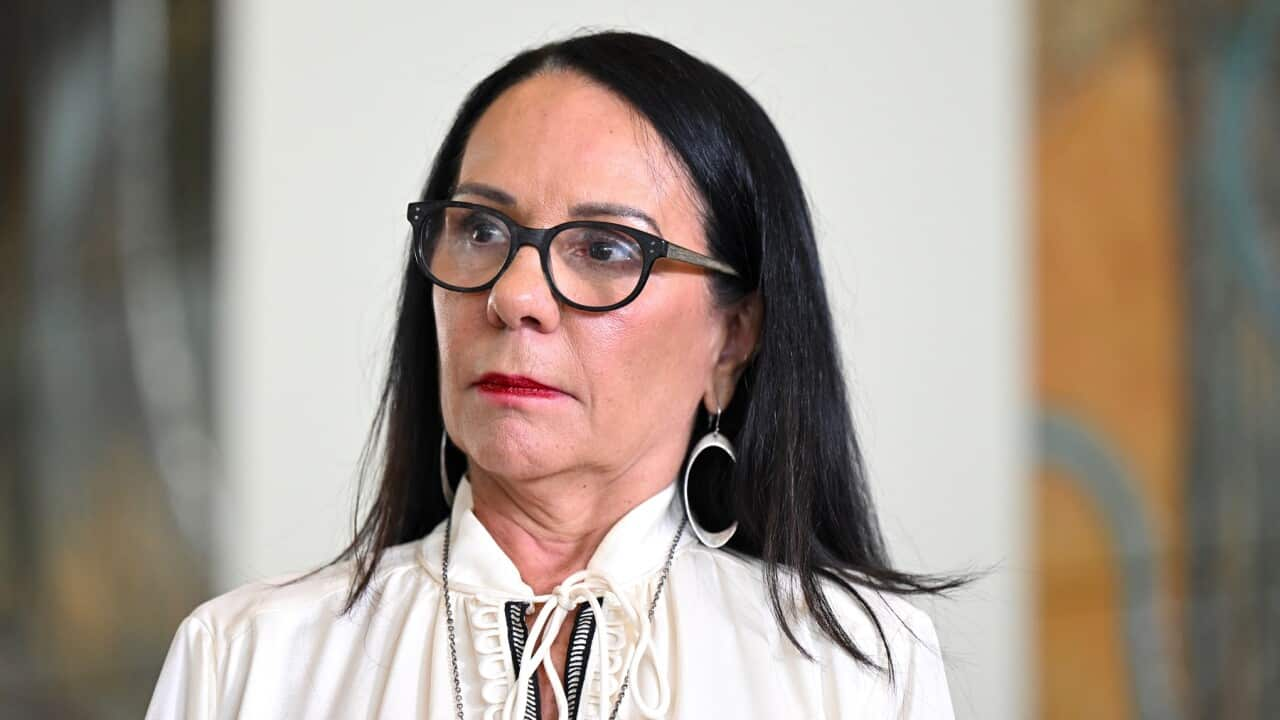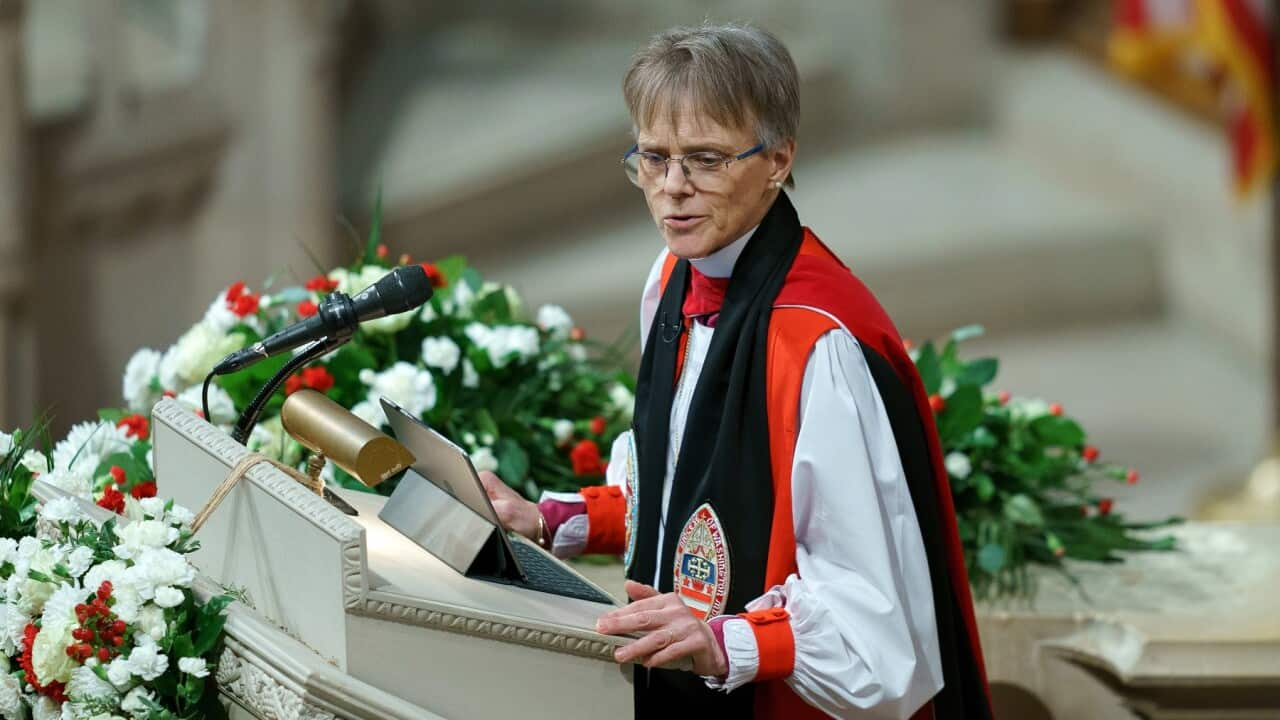TRANSCRIPT
In 2008, Associate professor Tom Wilkes was the chair of the National Indigenous Drug and Alcohol Committee.
He told NITV then that First Nations experts weren't being listened to, as they tried to improve their communities' lives.
"I think mainstream Australians are still reticent, reluctant, to take the advice of Aboriginal leaders seriously. And sometimes we get patronised, and that's not a good thing. So I work in research and data collection. I know what best practice is. I know what the evidence base is and sometimes, I put the evidence up with colleagues, non-Aboriginal colleagues, only to find that governments take a populist view, and we sometimes miss out on providing good advice to good policy and government because of that."
That same year, every Australian government and an Indigenous group known as the Coalition of Peaks, agreed to a range of targets they hoped would shift the dial, and close the gap between life outcomes for First Nations people compared to non-Indigenous Australians.
The government tabled its annual Closing the Gap report in February this year.
Prime Minister Anthony Albanese offered a range of funding pledges for a range of programs, and promised to work with Indigenous communities to keep things moving forward.
"It will be a long time before we can say we've done enough - but we have to do this work together, day after day, week after week."
But Romlie Mokak from the Productivity Commission warned old habits die hard - and failure was inevitable without radical change.
"There are too many instances where governments will come to the table with a predetermined outcome or solution and expect that Aboriginal or Torres Strait Islander people will agree to that."
It's that troubled history which underpins the release of the Commission's latest snapshot of eight closing the gap targets.
They show while some have progressed, many have stayed the same, or gotten worse.
One important goal is to have 91 per cent of First Nations babies born at a healthy weight by 2031 - the Commission says that's on track, with numbers of healthy bubs increasing, along with the numbers of Indigenous mums to be making use of antenatal care.
Minister for Indigenous Australians Linda Burney has welcomed the result, but says it's alarming how many targets aren't on track.
"I am also very pleased to see a very marked improvement in the birth weight of babies. That's incredibly important for the life trajectory of those babies into adulthood, but there is still a number of targets that are not on track, and they are the ones that are concerning."
The target of a 15 per cent increase in land and sea country covered by Aboriginal and Torres Strait Islander people's legal rights is also on track.
But there's been no improvement in closing the gap on life expectancy.
Indigenous Australian males and females are still expected to live an average of eight years less than other Australians.
Hannah McGlade is a Member of the United Nations permanent forum for Indigenous Issues.
She says the data isn't surprising.
"Once again, we see that the targets are not making good progress, and in fact, things are getting worse in several key areas. It's not a surprise because we simply haven't been serious about implementing Aboriginal people's rights, Indigenous rights in this country. We are dealing with outdated systems and structures that really do reflect our unfortunate colonial and racist history."
There's also been no real improvement on the rates of incarceration of Indigenous people.
In 2024, there's been no change to the baseline.
The rate of Indigenous children in detention hasn't been reduced by at least 30 per cent, and for adults, incarceration rates are actually getting worse.
Also getting worse is the number of Indigenous kids in out of home care, which is considered the single biggest indicator whether children will come into contact with the criminal justice system.
Chief Executive of the organisation National Voice for Our Children, Catherine Liddle, says it's disturbing.
"When you drill the data sets, they're horrific. The vast majority of children removed from their families in Australia are Aboriginal and Torres Strait Islander children. That's why it's referred to as gross. More than 40 per cent say in some jurisdictions, it's more than 50 per cent of all children removed from their families are ours. Now, that's despite the fact that our children only represent about 9 per cent of the population. So when we're talking about concepts like gross, I think we also have to call them monstrous."
But Ms Liddle says it's obvious what needs to change.
"What we've seen and what the productivity commission has revealed is when Aboriginal and Torres Strait Islander community controlled organisations and their communities have a say in the services that they're able to access and how those services land on the ground, we get better results. Now, there's a few reasons for that. One it's curated by the communities. For the communities. The second reason is they're more likely to have Aboriginal and Torres Strait Islander people working in them."













